According to a recently published survey by the American consulting firm Oliver Wyman, only 14% of high-income families in China who traveled abroad last year plan to continue traveling in 2024. These are families in the mainland with an income of at least 30,000 yuan per month (about 105 million/month).
CNBC cited a survey as saying that the top reason why Chinese tourists prefer domestic destinations is because there are many options, followed by because going abroad is too expensive.
The average cost per person for a trip in mainland China is less than 1,000 yuan (3.5 million VND), while going to Hong Kong or Japan costs several thousand yuan, according to the consultancy.

People take photos at a tourist attraction in Beijing in October 2023
Bright spots in the economy
Local tourism has emerged as a bright spot in China’s economic recovery from the Covid-19 pandemic. Trip.com, a travel booking website, said that in 2023, the number of bookings to rural destinations in China increased 2.6 times compared to pre-pandemic levels. International travel fell slightly compared to 2019 levels. During the five-day holiday in early May, the number of domestic trips and revenue increased compared to pre-pandemic levels, according to official figures.
Bloomberg news agency on June 3 quoted a report by the World Travel and Tourism Council (WTTC) and analysis firm Oxford Economics forecasting that revenue from domestic tourists in China is expected to reach a record 6,790 billion yuan (938 billion USD) in 2024, 11% higher than in 2019.
Chinese tourists are a major source of revenue for the global tourism industry. In 2019, Chinese tourists took 170 million outbound trips and spent nearly $248 billion, accounting for 14% of total global tourism spending, according to WTTC. However, lengthy visa processing times and increasingly expensive international flights have forced Chinese tourists to travel closer to home, to cities known for street food or small towns to avoid crowds.
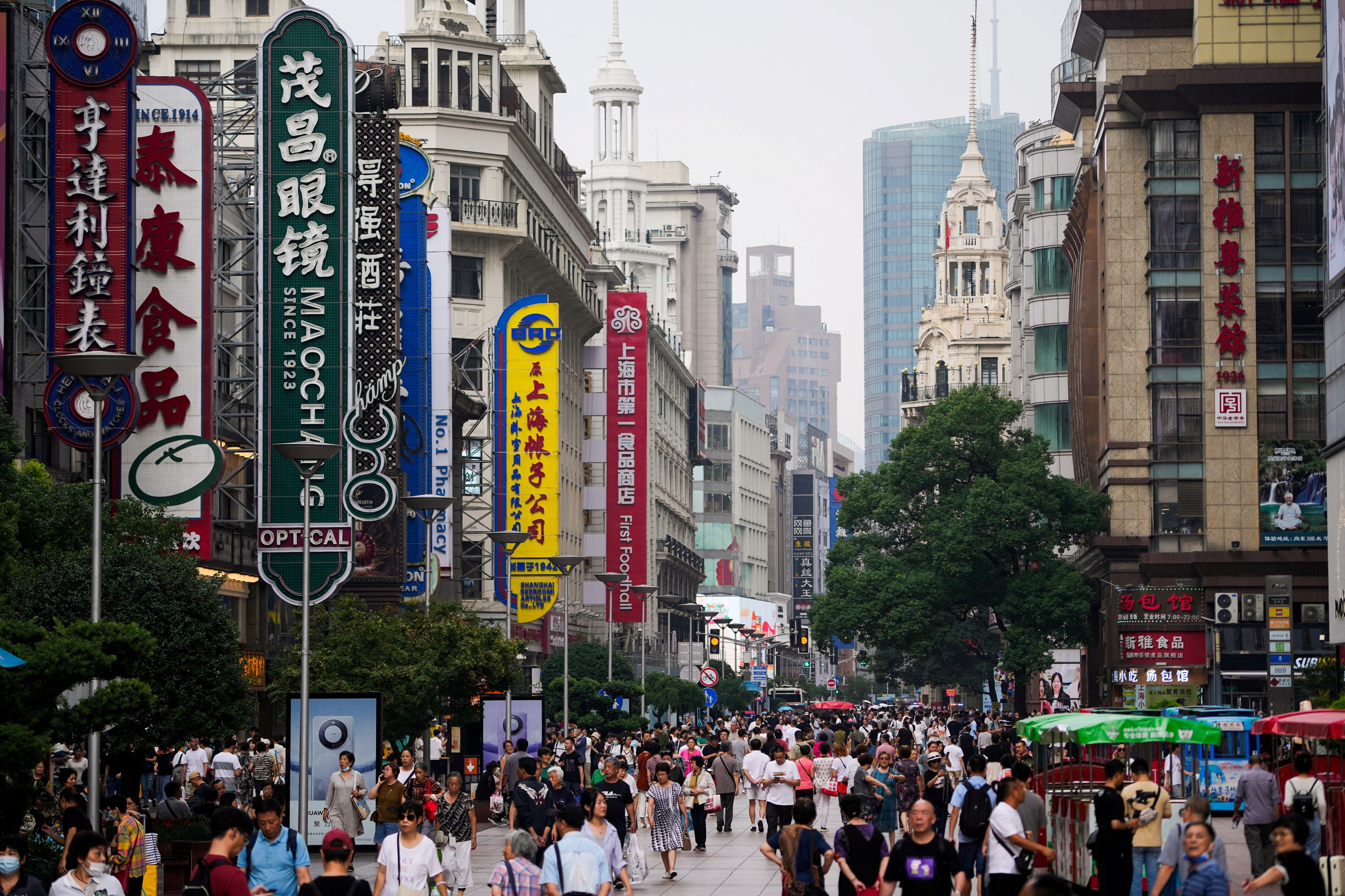
A shopping mall in Shanghai during the holidays in September 2023
In mainland China, many small cities such as Yangzhou, Luoyang, Qinhuangdao, Guilin and Zibo are the places with the fastest growing number of tour bookings during the May holiday, according to Oliver Wyman.
It is unclear how long the trend of tourists flocking to less developed parts of China will last, but the short-term impact on some localities is expected to be significant.
In the Guangxi Zhuang Autonomous Region, home to Guilin, a town famous for its karst mountains, tourism revenue in the region rose nearly 24 percent year-on-year to 258.18 billion yuan in the first quarter of this year. Local officials said government support for performing arts activities generated 48.3 million yuan from ticket sales to 230,000 people, stimulating about 460 million yuan in economic activity.
In Nanjing, a two-and-a-half-hour flight away, the number of tourists in the first quarter was nearly 1.3 million, generating revenue of 19.2 million yuan, double that of 2019.
Local image promotion
Local governments outside China’s major cities are stepping up efforts to attract tourists, largely through social media, according to CNBC. Guangxi officials said in May that tourism promotion videos on social media apps like Douyin (the Chinese version of TikTok) and Xiaohongshu (Little Red Book) had been viewed millions of times.
Tourists also flocked to Zibo, a town in Shandong province, after a local skewered meat trend became popular on social media last year. Similarly, 3 million tourists visited the city of Harbin during the Lunar New Year to see the ice sculpture festival and other unique northern customs that had previously become popular on social media. Television programs featuring regional specialties also helped boost tourism.
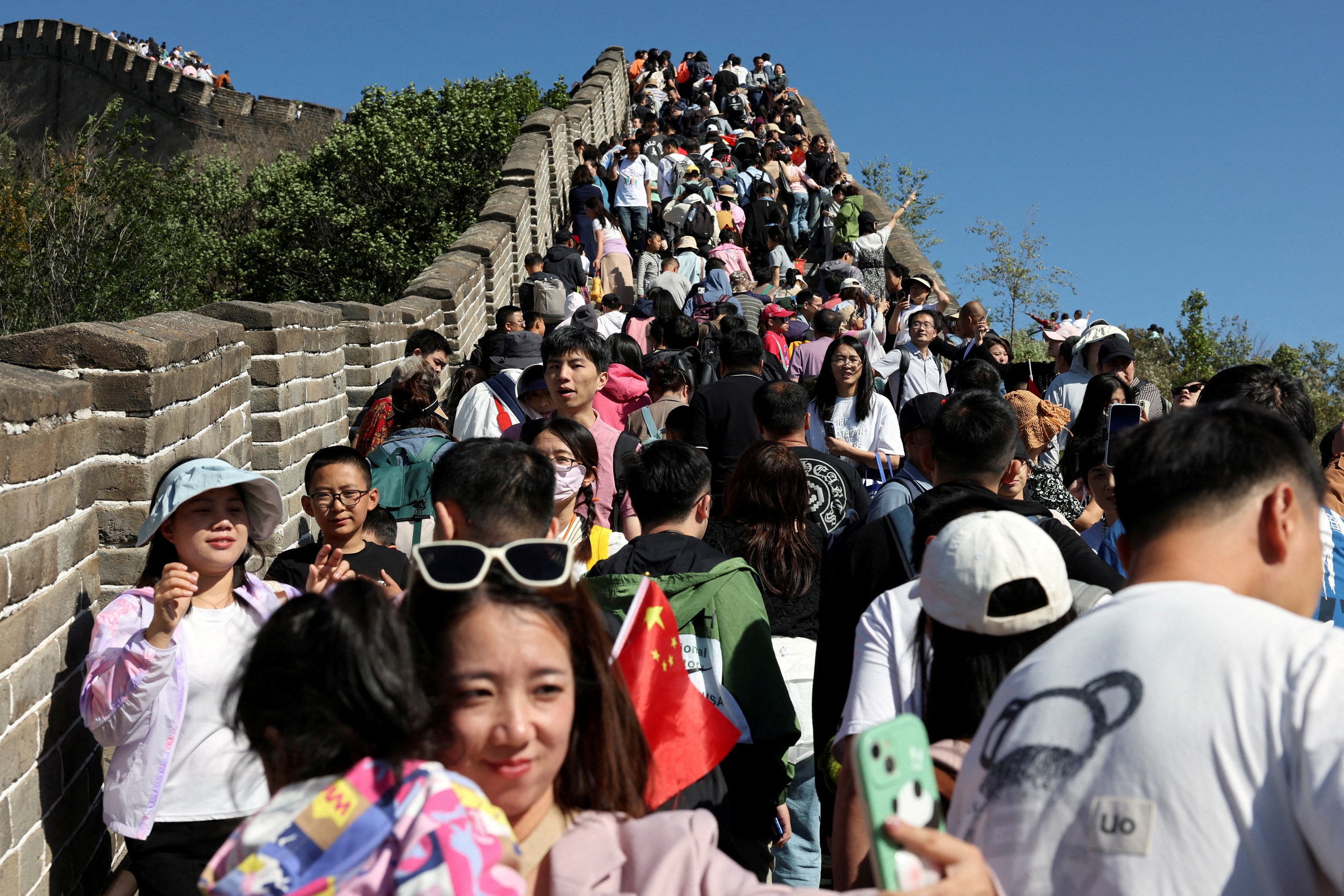
Tourists at a section of the Great Wall in Beijing during a holiday in October 2023
"They're trying to become famous, they're trying to showcase their community, their cultural heritage and put it all online. As soon as you become famous, you'll immediately have thousands of tourists knocking on your door," commented Ashley Dudarenok, founder of digital consultancy ChoZan in China.
According to Ms. Dudarenok, TV shows are also a strong means of attracting tourists while cuisine is always the most important reason for domestic tourists. In addition, China has an extensive network of high-speed trains and flights, making it easy for tourists to visit small towns.
Trip.com said that domestic flight bookings increased 30% year-on-year in the first quarter, with travelers now placing more emphasis on “emotional satisfaction.” “Intensive promotion efforts in various provinces have been effective in encouraging travelers to explore diverse destinations,” Trip.com said.
Consulting firm Oliver Wyman said that the Chinese trend of preferring domestic tours means that the possibility of international tourism recovering to 2019 levels will only happen by the end of 2025, half a year later than previously forecast. In the long term, Ms. Dudarenok said international destinations need to upgrade their travel experiences and services to attract Chinese tourists.
Source: https://thanhnien.vn/vi-sao-khach-trung-quoc-it-di-du-lich-nuoc-ngoai-185240603183055653.htm





![[Photo] Super harvest moon shines brightly on Mid-Autumn Festival night around the world](https://vphoto.vietnam.vn/thumb/1200x675/vietnam/resource/IMAGE/2025/10/07/1759816565798_1759814567021-jpg.webp)


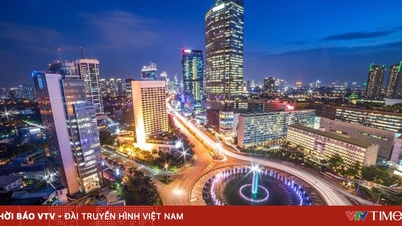



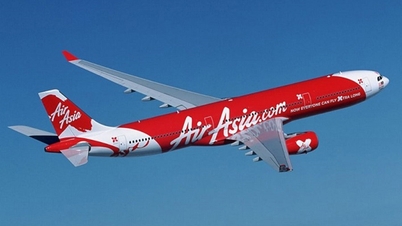



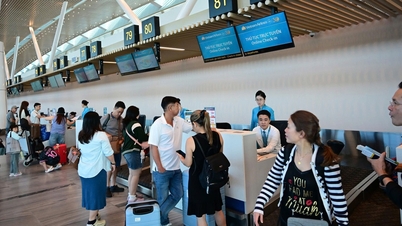

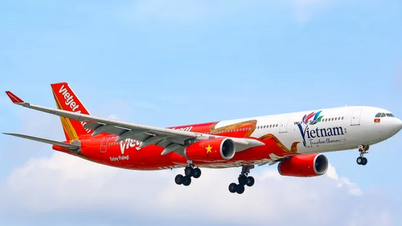





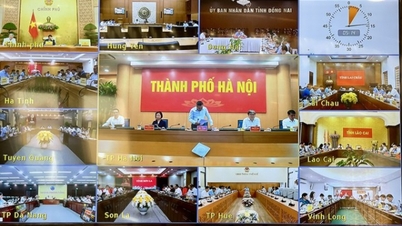















































































Comment (0)